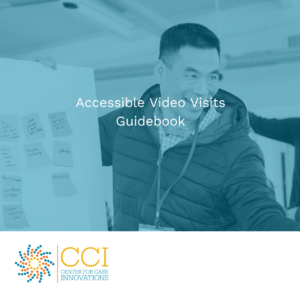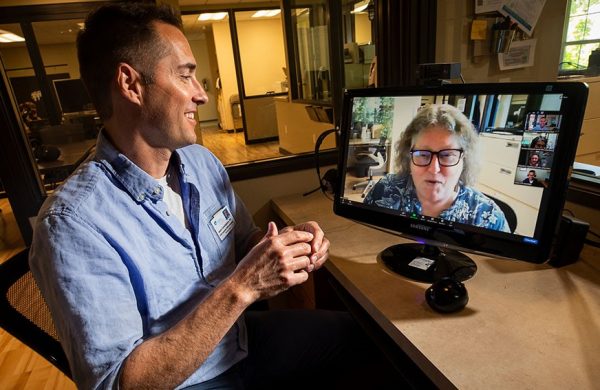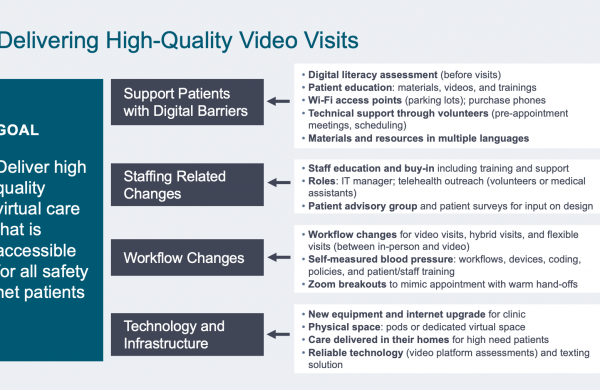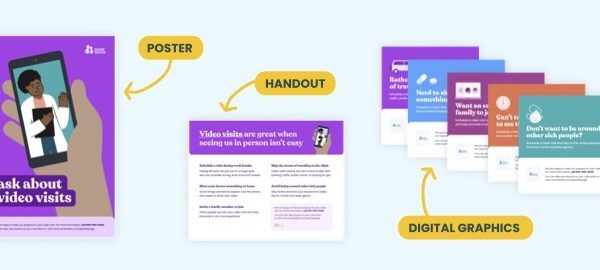 We’ve found several practices expanding telehealth video to enhance virtual care service lines, improving the provision of virtual care for providers and patients like. We look forward to sharing these these lessons and promising practices with you.
This guidebook, powered by the California Health Care Foundation, is designed for individuals and clinics who currently offer virtual care services and are looking to expand access to video visits. Within the guidebook, we'll introduce you to telehealth experts and tools from the field. We'll help you identify provider-and patient-centered innovations that can be integrated across care delivery pathways. And together, we can begin to reimagine and restructure health care systems.
As we're on our own journey to becoming a healing organization and continue our collective learning journey, we create spaciousness for deep reflection; we want to ensure our language-- verbal and written-- truly reflects our values. Some of the materials in this guide were created at various points in our history, and this guidebook may take new forms in the future. While we trust these resources are valuable, consider some snapshots in time, and that the language in some tools may not best reflect the learnings, humility, and the ways we have grown and changed as a collective expanding access to telehealth and virtual care.
We’ve found several practices expanding telehealth video to enhance virtual care service lines, improving the provision of virtual care for providers and patients like. We look forward to sharing these these lessons and promising practices with you.
This guidebook, powered by the California Health Care Foundation, is designed for individuals and clinics who currently offer virtual care services and are looking to expand access to video visits. Within the guidebook, we'll introduce you to telehealth experts and tools from the field. We'll help you identify provider-and patient-centered innovations that can be integrated across care delivery pathways. And together, we can begin to reimagine and restructure health care systems.
As we're on our own journey to becoming a healing organization and continue our collective learning journey, we create spaciousness for deep reflection; we want to ensure our language-- verbal and written-- truly reflects our values. Some of the materials in this guide were created at various points in our history, and this guidebook may take new forms in the future. While we trust these resources are valuable, consider some snapshots in time, and that the language in some tools may not best reflect the learnings, humility, and the ways we have grown and changed as a collective expanding access to telehealth and virtual care.
Video visits, a component of telehealth, holds both great promise and great responsibility. For health system leaders, it’s an opportunity to deliver high quality care to more people. At the same time…




